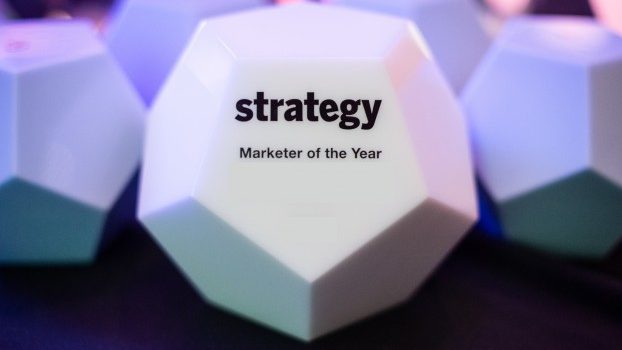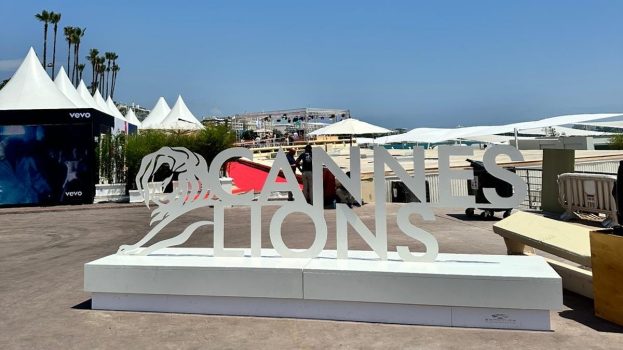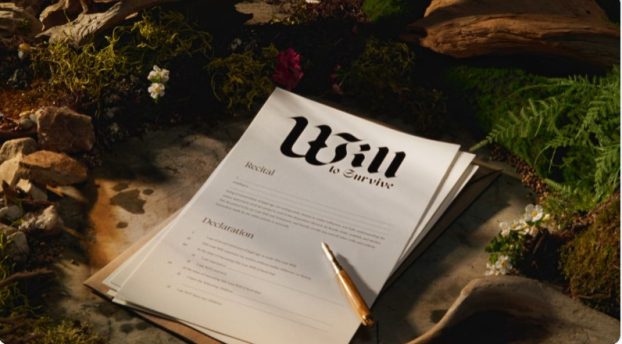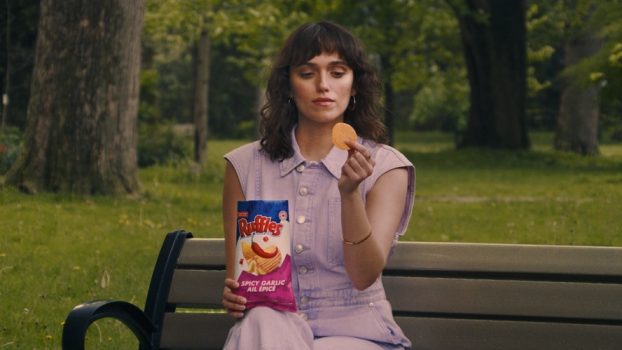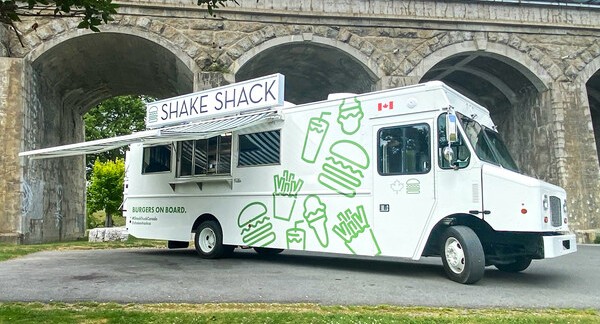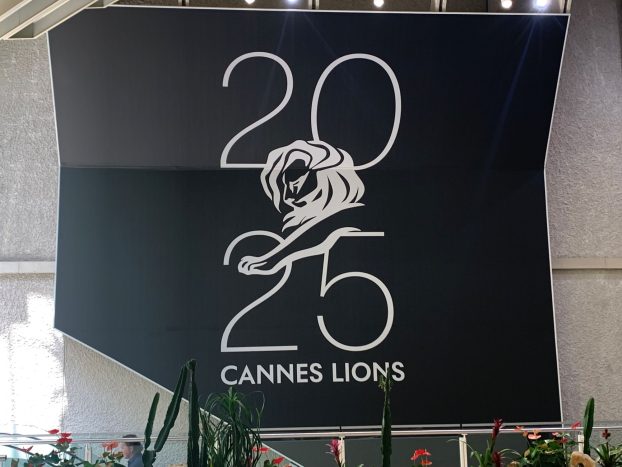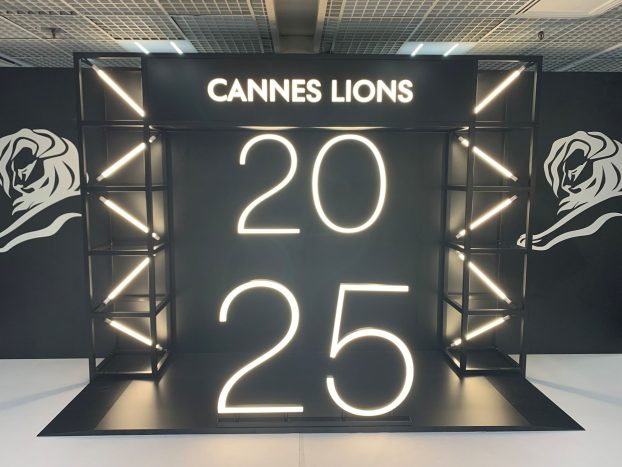
Sometimes, there’s no point in fighting against a trait that inadvertently defines a brand or becomes strongly associated with it. Instead, finding creative ways to transform a perceived weakness into a strength can win over consumers. By tackling and reframing challenges transparently, brands demonstrate self-awareness, authenticity, an ability to adapt and, oftentimes, a much-appreciated sense of humour. When done right, it’s a strategic approach that builds trust.
Such was the case with “Cheetle in Cheadle,” a campaign by Citizen Relations for PepsiCo Foods to refresh the brand after Cheetos sales in Canada began to plateau in 2022.
The brand discovered that its audience had evolved: only 22% of households that purchase Cheetos have kids. This signalled untapped potential for the brand to generate top-of-mind awareness with adults. But rather than downplaying the distinctive, polarizing, messy orange dust left on fingertips that is inherent to the Cheetos experience, they decided to embrace it. Now, they just had to get the word out that, unbeknownst to most people, the dust actually has a name – Cheetle.
To get the attention of adults, the team considered how we, as a culture, demonstrate our love and affection for things. Another consideration: Alberta appears to have a peculiar penchant for oversized food landmarks. The village of Vilna features giant mushrooms and the town of Mundare boasts the world’s largest sausage. So when Cheetos discovered an Albertan hamlet (home to a mere 83 people) called Cheadle, the brand realized it wouldn’t be completely out of place to add a monument that memorialized the orange dust. But unlike the other food-related statues, they would get to place it in the town of a similar name.
The brand created a 17-foot-tall statue of Cheetle-covered fingers holding a single Cheetos Puff and, without any notification or fanfare, erected it along the town’s main road in the fall of 2022. On the first day, residents expressed their confusion via social media. It took little time before the news spread around the hamlet, Alberta and the country.
The statue attracted thousands of people, with some even travelling from out of province – one fan flew over 2,400 km – to take a selfie with the “Cheetle in Cheadle.” Even award-winning Canadian singer-songwriter K.D. Lang posed with the statue, posting: “This resonates with me.”
After several days, the brand announced that it was responsible for the statue, which in turn generated a wealth of media coverage. What began as a regional story went national, then North American, and finally global. Cheetos Puffs in the surrounding area were snapped up as a number of people took advantage of the selfie photo op.
Fans updated Cheadle’s Wikipedia page with the statue and designated it a “historical landmark” on Google Maps, also becoming the top-rated landmark in Alberta. Fans even requested actor Don Cheadle visit the statue.
The campaign – which won four AToMiC Golds, two Silver and a Bronze – tracked 2.2 billion impressions from media coverage, including CNN, CBC, CTV and Global News, as well as the late night talk shows of Seth Myers, Jimmy Fallon and Jimmy Kimmel.
“Cheetle in Cheadle” earned 1,111 traditional hits and 783 earned social hits, making it the most successful PepsiCo Foods Canada PR campaign in a decade. “Cheetle” mentions increased by 1,750% – there was a 17% shift in positive sentiment, a 47% increase in regional sales of Cheetos Puffs snacks, a 23% increase in national sales of Cheetos Puffs snacks and the campaign delivered $33 billion in media value.
Building on the statue’s success, PepsiCo Foods recently created a similar 16-foot monument to celebrate the NHL All-Star Weekend that took place in February – the first time the event was held in Toronto in 24 years – with the fingertips replaced by a Bauer Hockey glove and placed in the Roundhouse Park.
With a single stunt, Cheetos introduced the word “Cheetle” to the general population and drove significant growth by transforming a perceived downside into a distinctive brand asset – one that has potential to live on in different iterations.
In the case of “Heinz Fraud Ketchup,” by Rethink and Zeno Group, the campaign was the result of an unsettling realization that rising food prices were not only driving some restaurants to switch from Heinz to cheaper, alternative ketchups, but that restaurants were refilling Heinz bottles with generic brands.
So how does one convince restaurants that “It has to be Heinz?” With 77% of people preferring Heinz when dining out, the brand used traditional B2B tactics in favour of leveraging its fanbase, while also capitalizing on the general restaurant rule that “the customer is always right.”
Social listening revealed that fans were dismayed when they went to a restaurant and found a Heinz bottle filled with non-Heinz ketchup – a trend that was captured across Reddit, Snapchat, TikTok and Instagram. But instead of shying away from the truth and their fan’s disappointment, Heinz embraced the phenomenon and labelled it as “Ketchup Fraud.”

The intention of the integrated campaign wasn’t just to highlight the commonplace act, it also set out to end the unethical and misleading practice. The work featured caught-in-the-act style assets and provided a fun twist on its tagline: “Even when it isn’t Heinz, it has to be Heinz.”
Social, DOOH, print and video assets were used, and placements included high-impact DOOH in both New York and Chicago, along with a New York Times full-page feature and placements in US Weekly, InTouch and Life & Style.
Once the word was out, Heinz turned to social media, pointing fans to a website where they could submit which restaurants were committing “Ketchup Fraud” in order to help put a stop to it. Even restaurants could submit their names, anonymously, on the site. Heinz then reached out to those restaurants to help them start serving its ketchup.
The campaign garnered over 438 million impressions, drove 92% positive sentiment, exceeded the social engagement rate benchmark by 128 times, and brought to life hundreds of first-hand experiences with “Ketchup Fraud.”
Heinz gained 33 new accounts in under a month, including several independent mom and pop-type restaurants – equalling a total of over $250,000 in gross sales volume – while also re-signing Boston’s iconic Fenway Park.
In addition to gaining new accounts, Heinz increased sales by 8% and gained 0.6 points in market share versus the previous year.
Ultimately, Heinz tapped into an insight that resonated with fans, rallying disappointment into action and leading to a win for both consumers and the brand – which left the AToMiC stage with a Gold and three Bronze awards.

